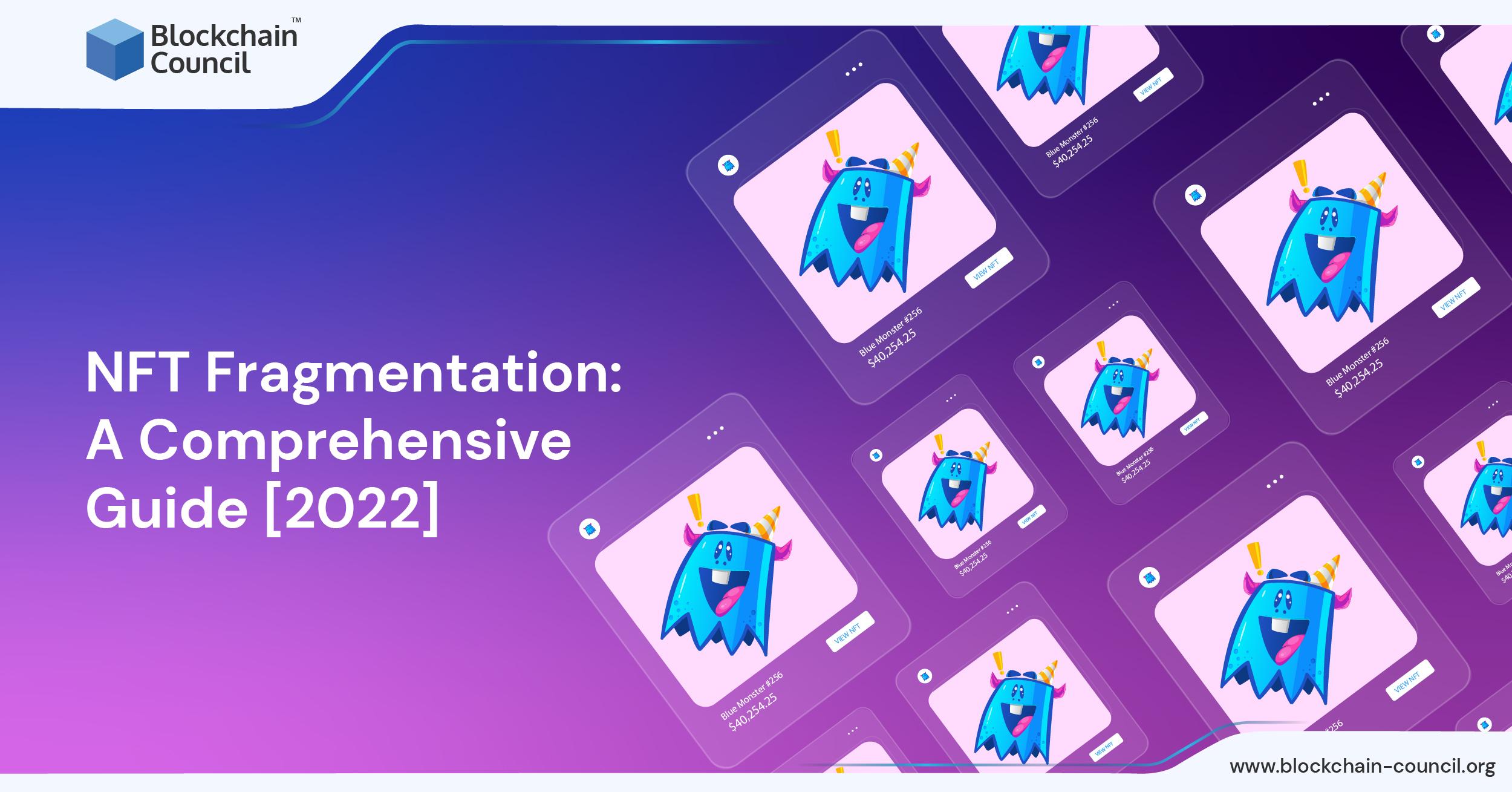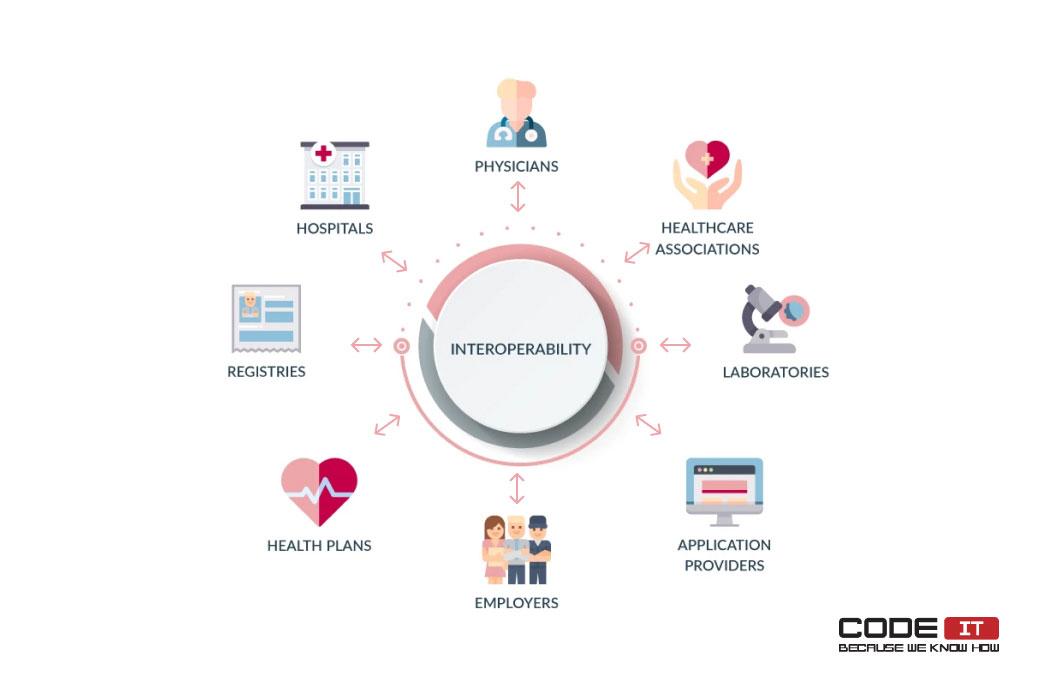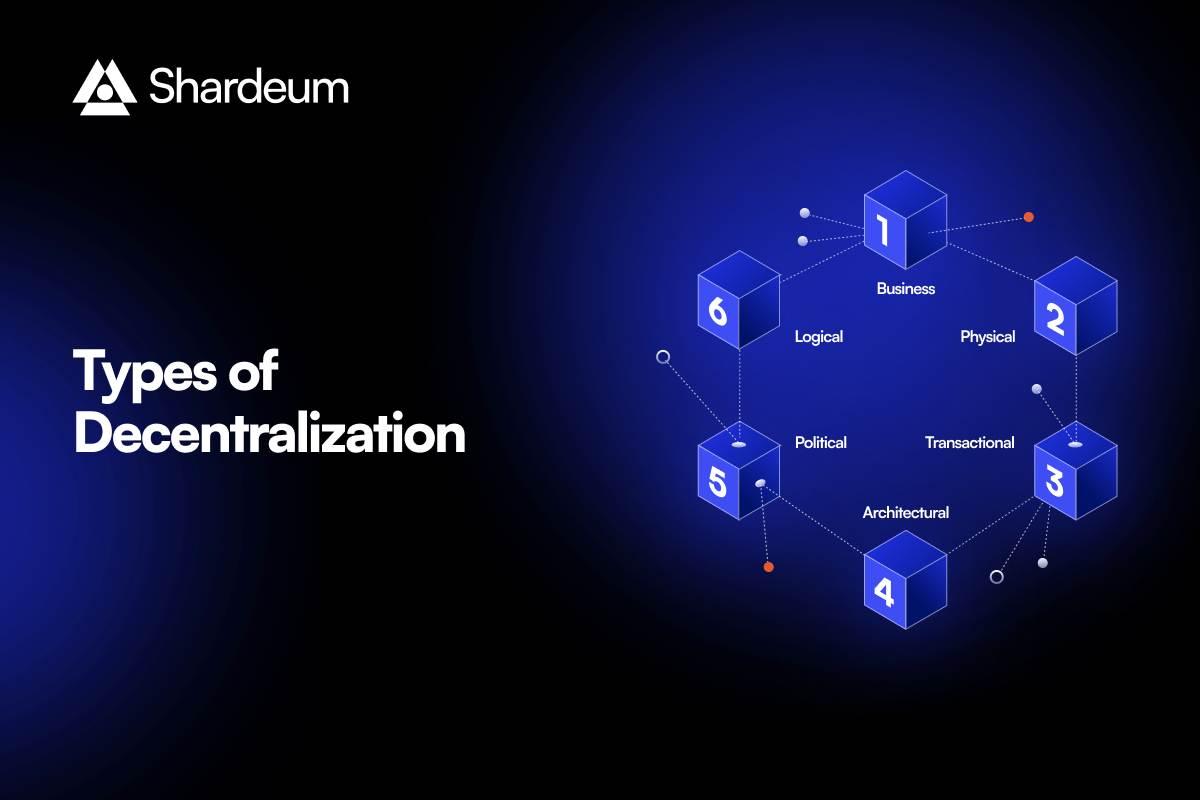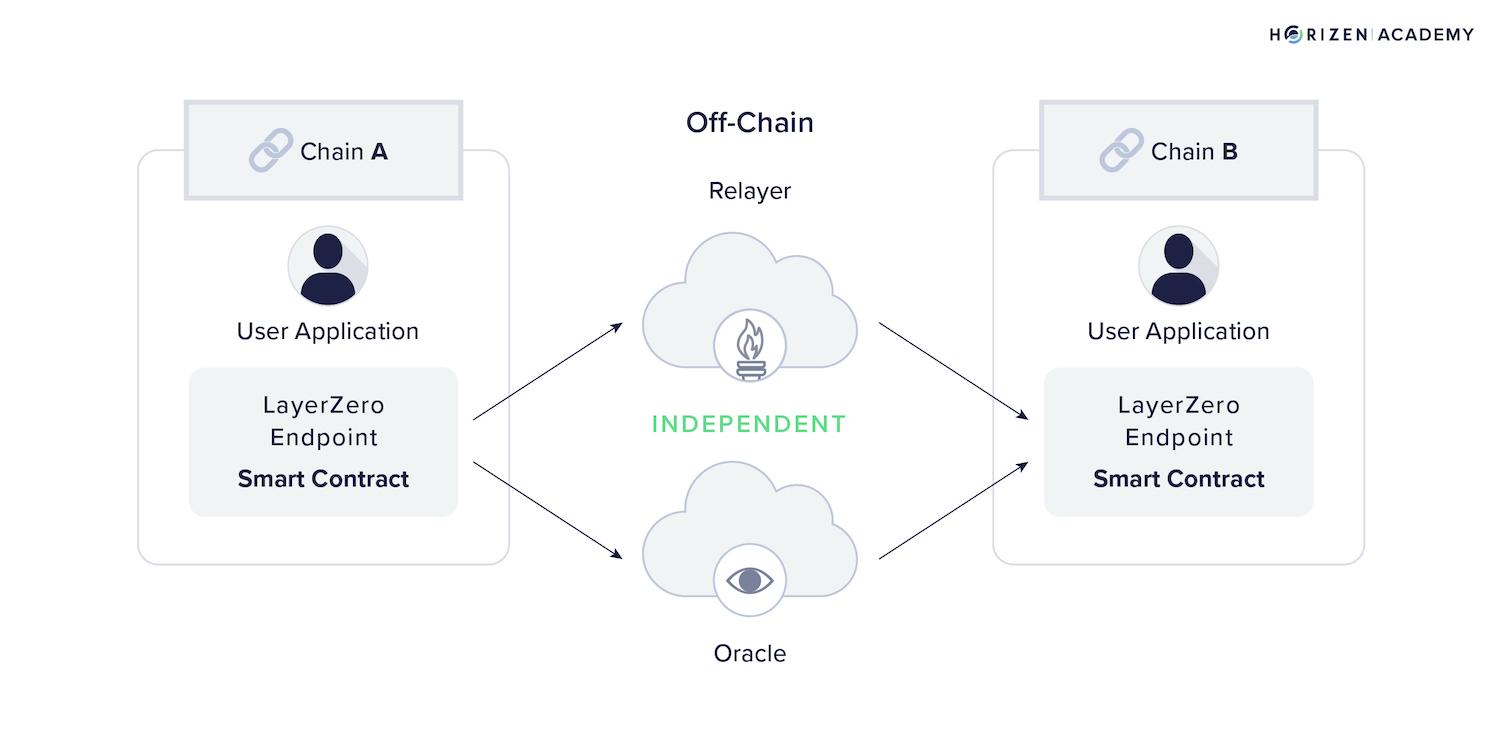In the vast and ever-evolving landscape of blockchain technology, one of the most pressing challenges remains the fragmentation of networks that operate in silos, each with its unique protocols and currencies. Imagine a world where digital ecosystems seamlessly communicate, share data, and transact with one another as effortlessly as sending an email or transferring funds across borders. This vision is not just a distant dream; it embodies the concept of blockchain interoperability—the keystone to unlocking the full potential of decentralized systems. In this article, we delve into the significance of bridging these divides, exploring the current barriers, the innovative solutions on the horizon, and the transformative impact interoperability promises for industries, developers, and users alike. Join us as we embark on a journey to navigate the complexities of blockchain interoperability and uncover the pathways that could redefine the future of digital interactions.
Exploring the Challenges of Blockchain Fragmentation
As the blockchain ecosystem continues to evolve, one of the most significant hurdles it faces is fragmentation. The proliferation of various blockchain networks, each with its unique protocols and consensus mechanisms, has created a disjointed landscape that complicates interoperability. This separation means that assets and data stored across different blockchains cannot easily communicate or be transferred, leading to inefficiencies and underutilization of resources. The inability to leverage the strengths of multiple platforms can stifle innovation and hinder the development of more complex applications that could benefit from a cohesive structure.
To address these challenges, stakeholders must work collaboratively towards common standards and protocols. Possible solutions include the implementation of cross-chain technologies and decentralized bridges, which can facilitate communication and transactions between disparate networks. Additionally, fostering a culture of open-source development and shared governance can encourage participation from a broader range of contributors, leading to more robust solutions. Below is a representation of potential strategies and their anticipated benefits:
| Strategy | Anticipated Benefits |
|---|---|
| Cross-chain Protocols | Enabled seamless asset transfers |
| Decentralized Bridges | Increased accessibility to services |
| Open-source Development | Community-driven innovation |
| Shared Governance | Equitable representation and decision-making |

Innovative Solutions for Seamless Cross-Chain Communication
As the blockchain ecosystem continues to proliferate, the demand for transformative solutions that facilitate seamless cross-chain communication has never been higher. Interoperability protocols are emerging as the backbone of this evolution, allowing different blockchain networks to connect, share data, and execute transactions effortlessly. By harnessing technologies that enable smart contract bridges and decentralized exchanges, innovators are paving the way for a more collaborative digital environment. These advancements not only enhance user experience but also empower developers to create applications that can tap into multiple ecosystems, broadening their reach and functional capabilities.
To understand the landscape of these innovative solutions, it’s essential to consider the key players and their contributions. We can categorize the solutions into three main types:
- Wrapped Tokens: These allow digital assets from one blockchain to be represented on another, facilitating transactions across networks.
- Cross-Chain Bridges: Protocols that enable the transfer of data and assets between different chains without a central authority.
- Interoperability Frameworks: Comprehensive solutions like Polkadot and Cosmos that inherently support seamless connectivity between various blockchains.
Below is a simple table summarizing these solutions:
| Solution Type | Key Feature | Example |
|---|---|---|
| Wrapped Tokens | Asset representation across chains | Wrapped Bitcoin (WBTC) |
| Cross-Chain Bridges | Direct asset transfer | renBTC |
| Interoperability Frameworks | Multi-chain structure | Polkadot |

Practical Strategies for Achieving Interoperability
To effectively bridge the divide between various blockchain networks, adopting a layer of abstraction can prove invaluable. This can involve creating middleware solutions that facilitate interaction between different protocols, ensuring that data flows seamlessly across varying platforms. Key approaches include:
- Utilizing cross-chain communication protocols, such as Polkadot or Cosmos, to enable direct interactions between blockchains.
- Implementing smart contract bridges that allow for assets and tokens to be transferred without extensive manual intervention.
- Leveraging decentralized oracles to provide off-chain data feeds to multiple blockchains, enhancing the reliability of cross-platform transactions.
An additional strategy is the promotion of industry standards and frameworks. By establishing a common set of protocols, organizations pave the way for diverse blockchain ecosystems to interact more harmoniously. Essential aspects to consider include:
| Aspect | Importance |
|---|---|
| Standardized APIs | Ensure compatibility and smoother integration between services. |
| Governance frameworks | Facilitate collaborative decision-making across different blockchain communities. |
| Common security practices | Enhance trust and safety during blockchain interactions. |

The Future of Decentralization: A Unified Blockchain Ecosystem
As we venture into the next phase of blockchain technology, the concept of a unified ecosystem can no longer be considered a distant dream. The potential for interoperability among disparate blockchain platforms is a game changer, enabling a seamless flow of data and assets across networks. Imagine a world where users can transact effortlessly between Ethereum, Bitcoin, and other blockchain systems without facing the limitations imposed by silos. This interconnectedness will empower developers and businesses to harness the strengths of various ecosystems while erasing the boundaries that currently stifle innovation.
To realize this vision, several key components must be addressed:
- Cross-Chain Protocols: Establish standards and protocols that facilitate communication and data exchange between blockchains.
- Decentralized Bridges: Create secure infrastructure that allows assets to move freely across different networks without losing their inherent value.
- Universal APIs: Design user-friendly application programming interfaces that simplify access to multi-chain functionalities.
- Governance Models: Develop unified governance structures that promote collaboration and consensus among various blockchain communities.
We are witnessing a significant shift with projects focused on building these frameworks for integration. Below is a snapshot of some pioneering initiatives:
| Project Name | Description | Status |
|---|---|---|
| Polkadot | A multi-chain framework designed for interoperability. | Active |
| Cosmos | Enables different blockchains to transfer data and assets seamlessly. | Active |
| Chainlink | Facilitates decentralized oracles to connect off-chain data to on-chain applications. | Active |
Concluding Remarks
the journey towards blockchain interoperability is akin to forging a bridge across a vast and complex landscape. As we stand at the intersection of innovation and collaboration, the potential for a more connected and efficient digital future becomes increasingly tangible. The collaboration of various blockchain ecosystems, coupled with emerging technologies and standards, can pave the way for seamless information sharing and transaction fluidity.
While challenges remain, the collective efforts of developers, policymakers, and enterprises are beginning to dismantle the silos that have hindered progress for too long. As we unlock the capabilities of interoperable blockchains, we set the stage for unprecedented opportunities—empowering individuals, enhancing security, and fostering a more inclusive digital economy.
As we look ahead, let us remember that the success of this endeavor lies not only in the technology itself but in our ability to work together towards common goals. Bridging the divide is not merely a technical challenge; it is a call to unite in the pursuit of innovation, trust, and a shared vision for a decentralized future. The road may be long, but with each step, we draw closer to a world where the potential of blockchain can be fully realized for all.



